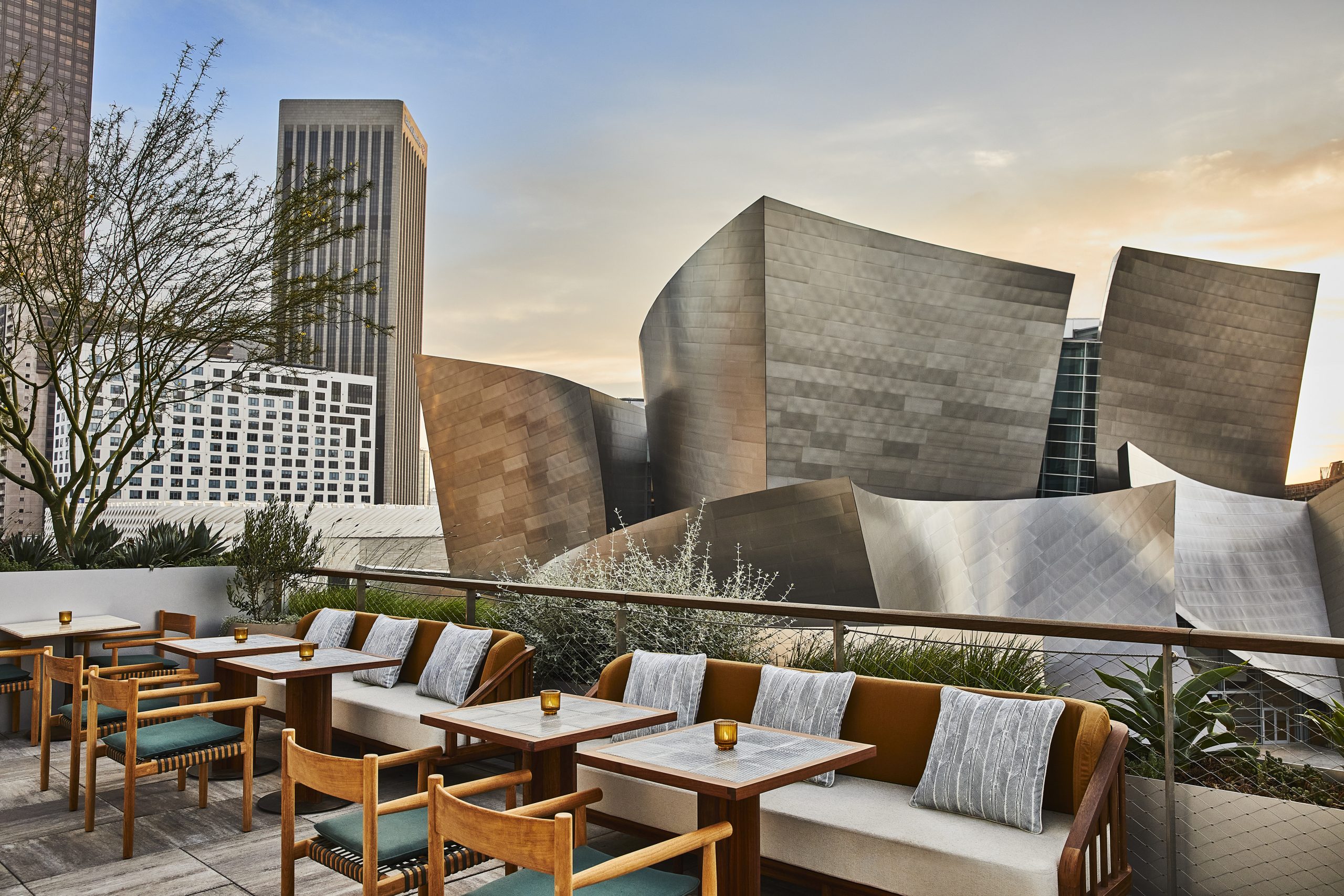Los Angeles County Museum of Art’s New Piece: 340-ton Boulder

Michael Heizer’s massive outdoor sculpture, “Levitated Mass” has a centerpiece that the Los Angeles County Museum of Art is performing an intricate, complex, expensive and potentially dangerous process that has required more than a year of logistical preparations.
A 340-ton granite boulder fro Michael’s Heizer’s “Levitated Mass” will take at least a week to get from a Riverside quarry to the Los Angeles County Museum of Art. The granite boulder is 211/2 feet high and when Heizer’s piece is complete, the rock will sit on steel rails at ground level, north of the Wilshire Boulevard museum’s Resnick Pavilion. A 456-foot-long, ramp-like slot in the ground that descends 15 feet deep will run beneath it. The rock will appear to levitate above people walking through the underground channel.
It is one of the heaviest objects to be moved since ancient times, says museum director Michael Govan.
“It’s much contested, the movement of monoliths in ancient times. The estimated weights of certain objects are speculation. But it is pretty clear that this is one of the largest monoliths that’s ever been moved,” Govan says.
Emmert International is a company that specializes in moving “extreme objects” such as nuclear generators and missiles and they will be working with LACMA to get the boulder to its position. Project manager John Bowsher said Emmert is building a custom “transporter” around the boulder that will likely be 200 feet long and almost three freeway lanes wide. But first, a road will have to be carved out of the quarry, then the transporter will travel to LACMA at night on closed roads and at less than 10mph, led by a police escort. The journey will be approximately 85 miles, normally a one and a half hour drive which is expected to take a week to 10 days under the circumstances.
Bowsher says he doesn’t see dangers, just logistical challenges. “Turning is an enormous effort, for example. To turn something 200 feet long – you don’t take those turns at 30 miles an hour like we do.” In addition, brides are a challenge because of their weight limits.
Though some utility lines, street lights and stop lights will have to be taken down by the local area’s utility companies as the boulder passes through, no power outages are expected.
Bowsher says that by far, the biggest difficulty has been getting the permits required for the trip. “It involves the state of California, the counties Riverside, San Bernardino and Lo.A. and all the municipalities the rock will go through,” he says. Awaiting the permits has caused a domino effect of scheduling delays and LACMA has been struggling with logistics. The boulder was initially set to arrive at the museum on Aug. 14; its departure from Riverside is now tentatively set for Oct. 3, give or take a few days.
According to the Los Angeles Times, “the cost of “Levitated Mass” — the boulder, work on the LACMA site and transportation — is in the “single digit millions, more than five and less than 10,” Govan says. Most of that money is coming from private donations from museum patrons, including Terry and Jane Semel and Robert Daly and Carole Bayer Sager.” Despite all the attention to the giant rock, Govan emphasized that it is only part of the sculpture. As central to its artistic design is the construction of the subterranean slot.
“Levitated Mass” will be open to the public, if all goes well, in mid- to late November.
Source: Los Angeles Times
Like Haute Living Los Angeles? Join our Facebook page or follow us on Twitter @HauteLivingLA. Want Haute Living Los Angeles delivered to your inbox once a week? Sign up for our newsletter.











